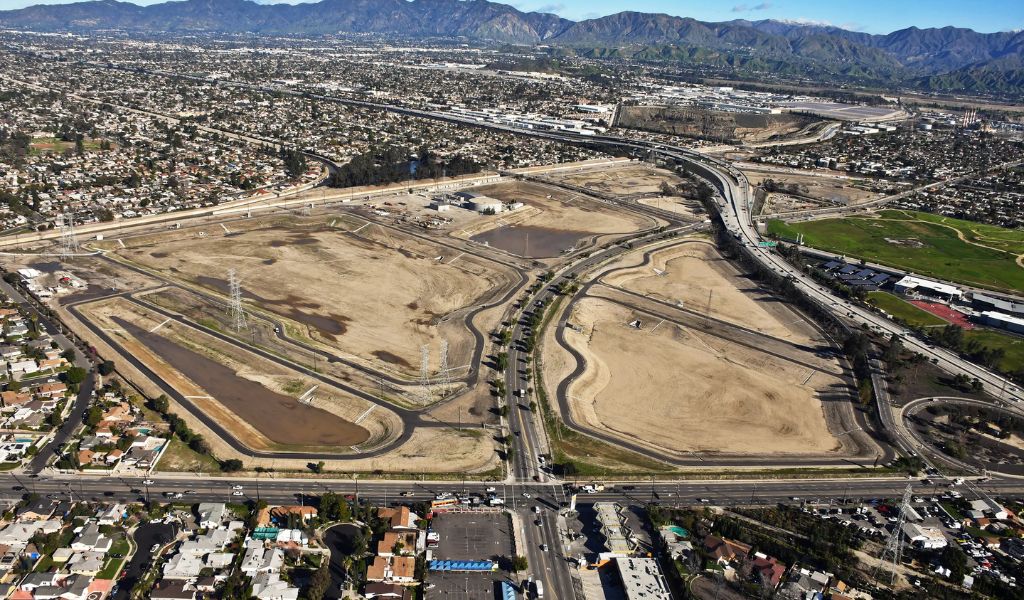California is well-known for its energetic cities, multicultural populace, and stunning scenery. But not every metropolitan neighborhood is prosperous; some are almost completely abandoned. What is the reason for these “ghost towns,” and what does it mean for the future of California?
The Variations of Boomtowns
In California, vacant cities are frequently the consequence of the cyclical nature of the economy. Many were founded during times of explosive expansion, such as the Gold Rush, the oil boom, the building of railroads, or the housing bubble. Thousands of people seeking wealth, community, or a better life flocked to these cities.
These cities lost their allure as resources ran out, markets collapsed, businesses faltered, or environmental conditions grew worse. Locals left behind dilapidated neighborhoods, abandoned infrastructure, and empty buildings in search of better prospects.
These boomtowns include, for example:
Bodie: In the early 20th century, when gold mines stopped, this once-bustling mining town with nearly 10,000 residents turned into a ghost town. The town is kept in a state of “arrested decay” as a state historic park today.
Salton City: Due to the lake’s toxicity, salinity, and pollution, Salton City—which was once intended to be a resort town on the Salton Sea—was abandoned. There are now only a few hundred people living there, and the area is encircled by dilapidated structures, broken roads, and empty lots.
Originally intended to be a communist utopia, Llano del Rio was established in 1914 to become an independent, egalitarian society. Due to internal strife, lack of water, and legal issues, the colony failed, and in 1917 it moved to Louisiana, leaving behind monuments and ruins.
Natural Disasters’ Effects
California is home to several abandoned communities as a result of landslides, floods, fires, and earthquakes. These occurrences have the potential to seriously harm people’s lives, property, and the environment. People may have to move if their recovery is expensive, time-consuming, or hazardous.
Among the cities impacted by calamities are:
San Francisco is still inhabited, although its population has decreased significantly as a result of large-scale earthquakes, most notably the devastating one that struck in 1906. Thousands were murdered, a quarter of a million people were homeless, and much of the city was damaged by this earthquake. Many never came back, which caused the population to drop by 25% in the ensuing ten years.
Dunsmuir: In 1991, a train derailed, releasing hazardous substances into the Sacramento River, severely damaging the once-bustling railroad hub and popular tourist destination. As a result of the town’s declining reputation and economy, many companies and citizens moved elsewhere.
Paradise: About 18,000 buildings and 85 lives were lost when the 2018 Camp Fire nearly devastated Paradise. Most of them relocated, however, some came back to rebuild.
The Difficulties of Urban Planning
California’s empty cities are a result of poor urban planning, which can lead to gentrification, segregation, overdevelopment, or sprawl. Cities become less livable and appealing as a result of these dynamics, which also cause environmental damage, cultural eroding, and social and spatial inequality.
Some instances of inadequately planned cities are:
The fifth-biggest city in California, Fresno struggles with segregation, pollution, and poverty. Low-density, car-dependent, homogeneous neighborhoods are the result of urban sprawl. Due to high rates of homelessness, crime, unemployment, and health issues, many people have moved to other areas or the suburbs.
Los Angeles: The second-biggest metropolis in the United States, is infamous for its traffic, high costs, and inequality as a result of decades of irresponsible and unsustainable expansion. There are persistent issues with housing affordability, homelessness, racial tension, and social polarization that force many people to leave the city.
Formerly a thriving hub for industry and commerce, San Bernardino has experienced a decline in manufacturing jobs, housing issues, government insolvency, and an increase in crime. Since 2000, the city’s population has decreased by nearly 10%, leaving it with abandoned and run-down neighborhoods.
The Prospects of Deserted Cities
In California, abandoned cities are a present-day issue as well as a historical occurrence. They draw attention to social, economic, and environmental problems and pose queries regarding resilience, sustainability, and variety in urban growth. What new uses, visions, or strategies might these cities be put to? How can they become part of the regional and international networks of culture, innovation, and governance? It is imperative that these concerns are answered in order to stop other communities from going bankrupt in the future.

